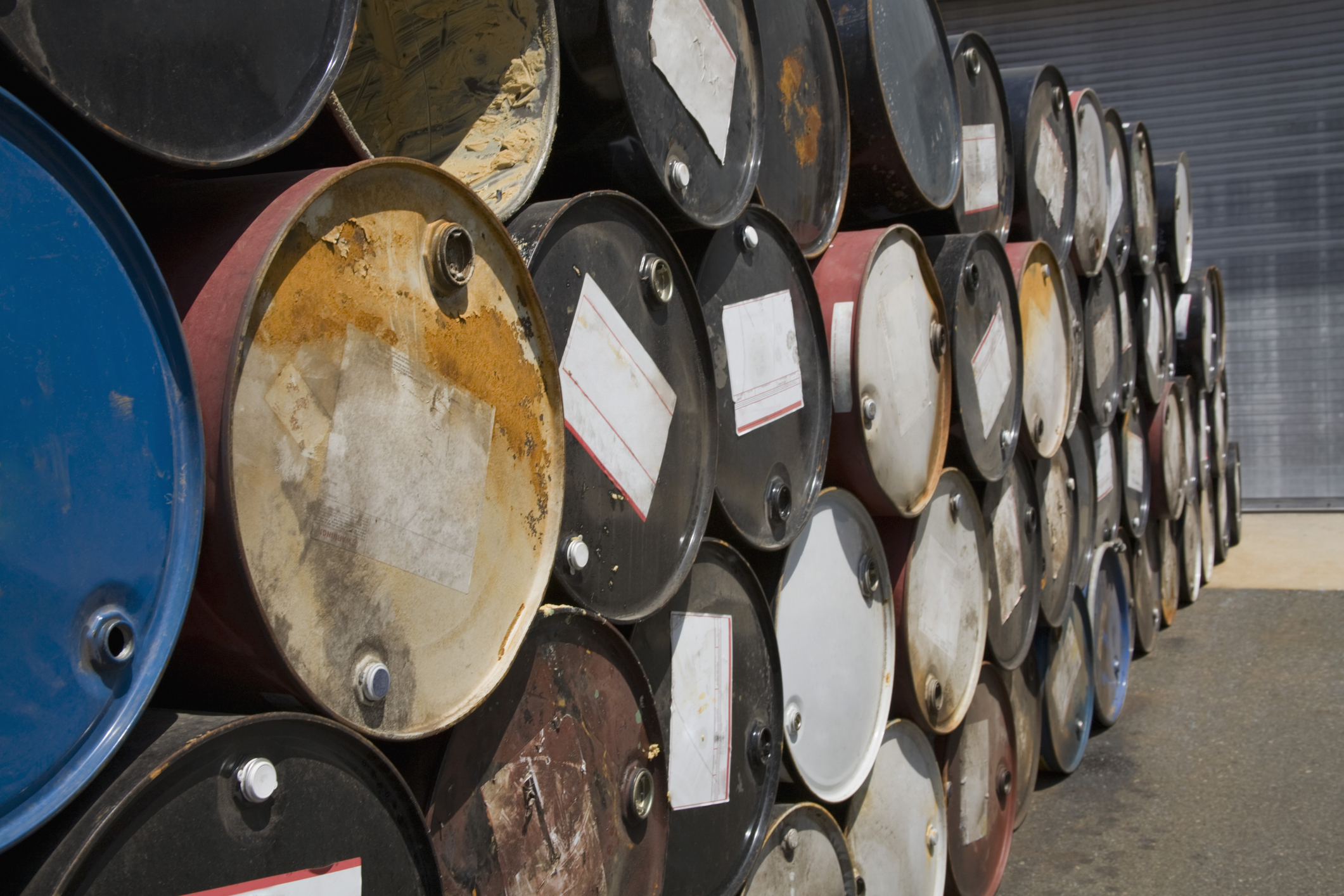
Agency seeks to change requirements for manufacturers to disclose information about hazardous materials.
Last fall, the U.S. Occupational Safety and Health Administration (OSHA) announced proposed modifications to its Hazard Communication Standard, commonly known as HazCom, to make it more consistent with the United Nations’ Globally Harmonized System of Classification and Labeling of Chemicals.
In addition to harmonization, OSHA is using this rulemaking to propose a change in the hazard information that manufacturers must release and users must retain on material safety data sheets (MSDS) that accompany each substance. This change sparked a flurry of comments submitted to OSHA before the December 29, 2009 deadline that have now been entered into the agency’s rulemaking docket.
The controversy centers around whether manufacturers should be required to list the threshold limit value (TLV), a non-enforceable limit developed by representatives from government and industry, in addition to the enforceable permissible exposure limit (PEL) set by OSHA. TLVs have been required to be listed in the MSDS for the past 27 years, but now OSHA has proposed to make them optional. TLVs are almost invariably more stringent than the PELs, the latter which have in many cases remained unchanged for decades. Further, for many substances there is no PEL at all, only a TLV. This means that under the new rule there would be no exposure number disclosed at all for those substances.
Proponents of OSHA’s proposed change claim that TLVs are developed in secret with private parties and that it is illegal for OSHA to require their disclosure through regulatory standards. They also argue that the Data Quality Act passed in 2001 forbids OSHA from disseminating information that has not been substantiated through independent peer review.
Opponents of the proposed change in MSDS requirements include labor unions and public health groups, as well as some industry groups like the Halogenated Solvents Industry Alliance. Dow Chemical has stated that it would not object to continuing to require TLVs as well as PELs, noting the gap that occurs when some chemicals have TLVs but no PELs. If only PELs are required to be reported, workers may not be fully informed of the risks of some chemicals.
PPR’s Executive Director, Adam Finkel, served as OSHA’s director of health rulemaking from 1995-2000 and he comes down on the side of keeping the TLVs on the data sheets. In a comment filed in this rulemaking, he argues that PEL numbers convey information about economic and technical feasibility as much as or more than about hazards or risks—because the numbers OSHA choose are constrained by feasibility. The TLVs, by contrast, convey information about the health effects from exposure to chemicals.
OSHA will begin a series of public hearings on the HazCom changes around the country starting on March 2.



